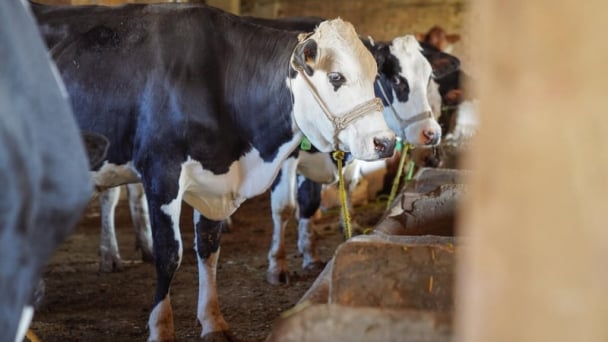May 24, 2025 | 12:14 GMT +7
May 24, 2025 | 12:14 GMT +7
Hotline: 0913.378.918
May 24, 2025 | 12:14 GMT +7
Hotline: 0913.378.918
In a report published on Thursday (Jul 27), WMO said that Asia was the world's most disaster-impacted region, with 81 weather-, climate- and water-related disasters recorded last year, the majority of which were floods and storms.
It said that these calamities had directly affected more than 50 million people and caused more than 5,000 deaths.
These included floods from record monsoon rains in Pakistan and glacial melt that killed more than 1,500 people, inundating swathes of the country and washing away homes and transportation infrastructure.
China, in turn, suffered drought, which affected the power supply and the availability of water.
The WMO report also highlighted that most glaciers the High Mountain Asia region had loss significant mass as a result of warm and dry conditions in 2022.
"This will have major implications for future food and water security and ecosystems," said WMO Secretary-General Petteri Taalas.
Dramatic swings between extreme heat and intense rainfall are testing China's ability to cope with increasingly wild weather, as high temperatures challenge power grids and water security while floods ruin crops and threaten urban populations.
Officials have warned repeatedly China is especially vulnerable to the impacts of climate change due to its large population and unevenly distributed water supplies, even as infrastructure is built and policies are rolled out to bolster the country's climate resilience.
The average number of high-temperature days stood at 4.1 in January to June, already higher than the full-year average of 2.2 days. Temperatures are expected to climb further in July and August.
In June, temperatures averaged 21.1 degrees Celsius, or 0.7 Celsius higher than normal and the second-highest since 1961, with 70 monitoring stations across China smashing records.
So far, northern China has borne the brunt of the extreme heat. In June, Beijing logged 13.2 days with temperatures of at least 35 degrees Celsius, the highest number of super hot days for the month since records began in 1961, with the mercury rising to at least 40 degrees Celsius on a few days.
Concerns are mounting over a repeat of last year's drought, the most severe in 60 years, which at its peak affected 6.09 million hectares of crops with economic losses reaching billions of yuan.
Rainfall in Yunnan province in the southwest plummeted 55 per cent on year in January to May. State media said in June that 3 million hectares of farmland had already suffered from drought.
(Reuters)

(VAN) Alt Carbon has raised $12 million in a seed round as it plans to scale its carbon dioxide removal work in the South Asian nation.

(VAN) Attempts to bring down the price of the Japanese staple have had little effect amid a cost-of-living crisis.

(VAN) Fourth most important food crop in peril as Latin America and Caribbean suffer from slow-onset climate disaster.

(VAN) Shifting market dynamics and the noise around new legislation has propelled Trouw Nutrition’s research around early life nutrition in poultry. Today, it continues to be a key area of research.

(VAN) India is concerned about its food security and the livelihoods of its farmers if more US food imports are allowed.

(VAN) FAO's Director-General emphasises the need to work together to transform agrifood systems.

(VAN) Europe is facing its worst outbreak of foot-and-mouth since the start of the century.